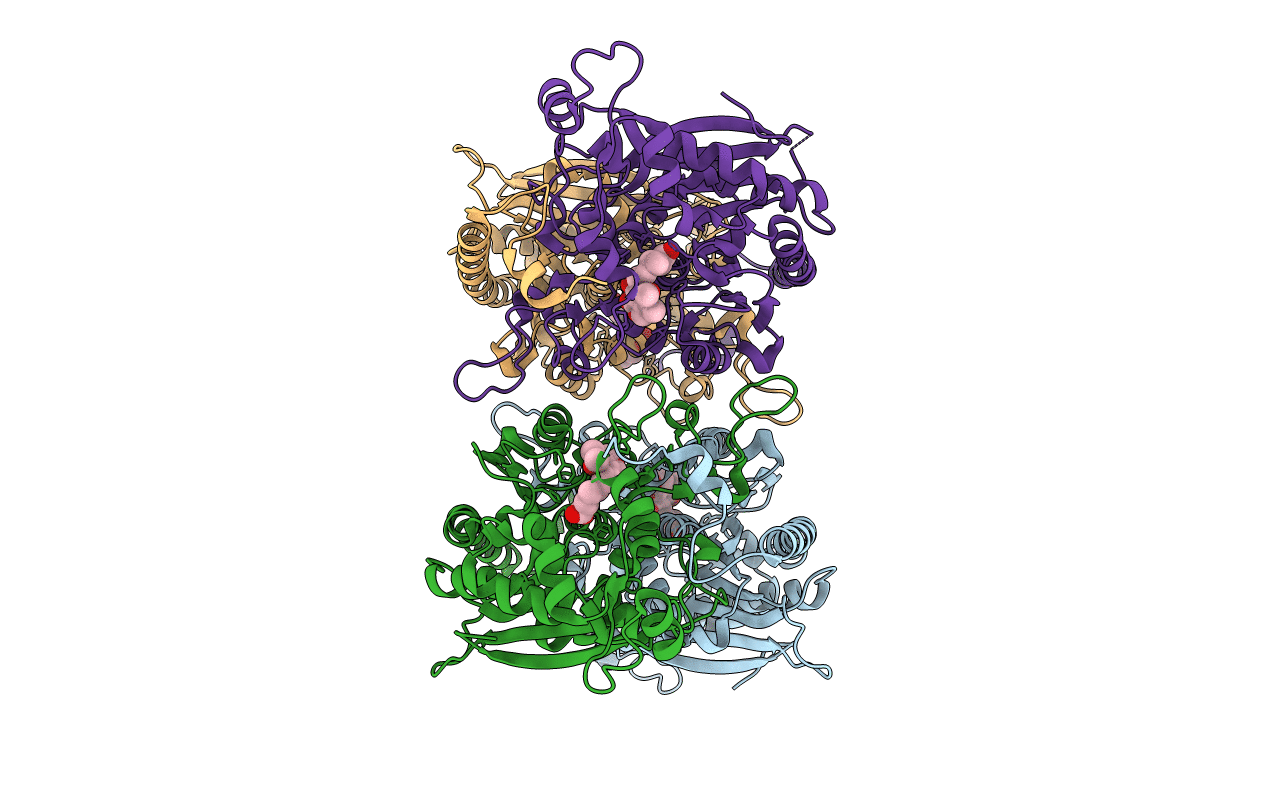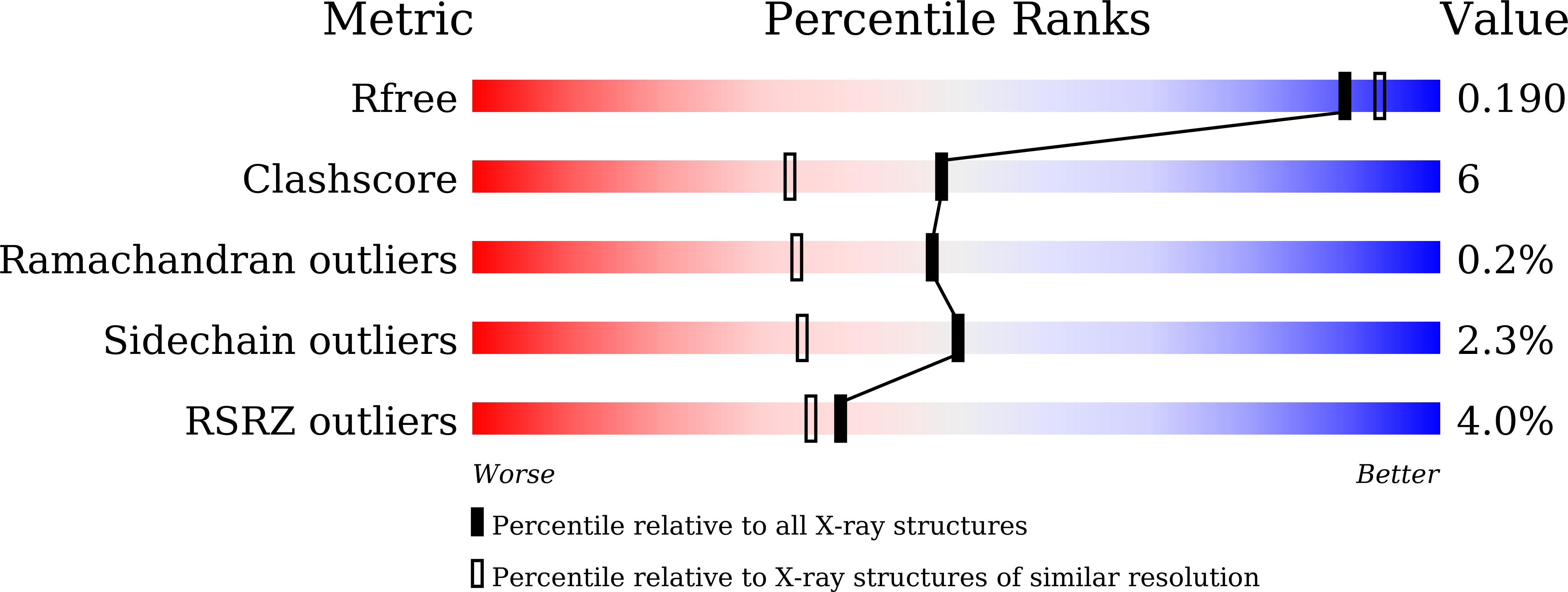
Deposition Date
2020-10-20
Release Date
2021-04-28
Last Version Date
2023-11-29
Entry Detail
Biological Source:
Source Organism:
Penicillium brevicompactum (Taxon ID: 5074)
Host Organism:
Method Details:
Experimental Method:
Resolution:
1.84 Å
R-Value Free:
0.20
R-Value Work:
0.17
R-Value Observed:
0.18
Space Group:
P 1 21 1


